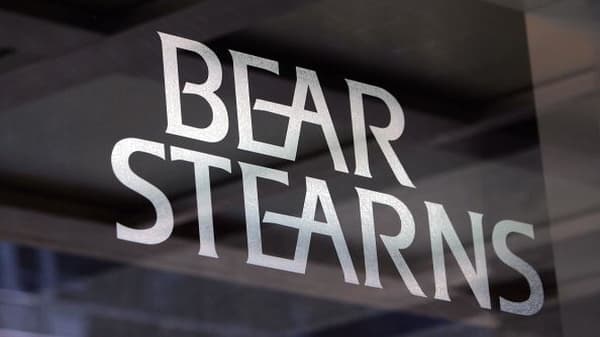The other lesson not learned on Wall Street after the financial crisis was the one about needing to change how people on Wall Street get compensated. Then, as now, Wall Street bankers, traders and executives get rewarded to take big risks with other people's money. Their hope, then as now, is that when they sell, say, billions of dollars of mortgage-backed securities, or corporate debt or opaque derivatives and collect the fees associated with those sales, they will be rewarded with big bonuses, often in the millions of dollars. If the loans or derivatives or securities later come-a-cropper, there is no accountability to the bankers or traders who made those deals.
The bonuses have been paid, deposited and turned into Park Avenue co-ops or homes in the Hamptons.
In short, a decade ago, the Wall Street bonus system rewarded bankers, traders and executives to package up mortgages that should never have been issued into securities and then to sell them off as money-good investments all over the world.
Since then, plenty of evidence has surfaced to show that Wall Street bankers and traders knew that the mortgages they were packaging into securities did not meet their own banks' credit standards, were then rated AAA by the various ratings agencies (even though many knew they were not AAA pieces of paper) and were sold as good investments to institutions that should have known better but did not. By then, the big bonuses had been paid. There was zero accountability on Wall Street for this horrendous behavior.
Ten years later, the compensation system on Wall Street remains unchanged. Bankers, traders and executives still get rewarded to take big risks with other people's money, and there is just about no way to get the big bonuses back if, and when, things go wrong. (Sure, there are "clawback" mechanisms in place but you can count on one hand the number of times in the past decade bonuses have been "clawed-back.")
As for the way Wall Street finances itself, by and large that remains the same, too, although some firms — notably Goldman Sachs — have lengthened the tenor of their short-term liabilities to some degree.
A decade ago, the combination of a compensation system that rewarded bad behavior and a financing scheme that left most Wall Street firms vulnerable to a proverbial run on the bank proved to be a deadly combination. Neither structural flaw has been fixed in the intervening years.
Will we be paying the iron price for those mistakes again soon?
William D. Cohan, special correspondent, Vanity Fair, was a former mergers and acquisitions investment banker with 17 years at top firms such as Lazard Freres & Co., Merrill Lynch and J.P. Morgan Chase. He is a New York Times bestselling author of three nonfiction books about Wall Street. Cohan is a CNBC contributor.





